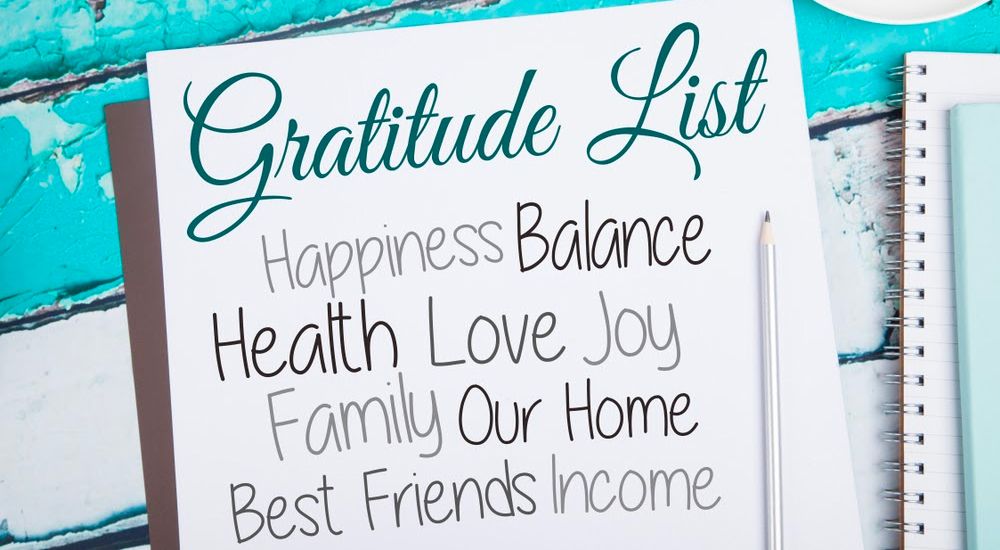Everyone feels nervous and uncomfortable in some situations, but anxiety is a pervasive condition that can dramatically impact someone’s emotional and physical well-being. Anxiety impacts 40 million Americans or approximately 18% of the population.
And while it’s not curable, anxiety is treatable. Comprehensive treatment requires learning how to identify triggers and manage them when they arise. It also requires integrating new coping skills for stress management and emotional regulation. Let’s get into the best ways to avoid and reduce everyday anxiety stressors.
Identify Triggers
A difficult phone call. A scary rollercoaster. An impending conversation with your boss. All of these represent anxiety triggers, and you must identify which triggers resonate with you.
Anxiety exists on a continuum. On the severe end of the spectrum, some people experience anxiety in nearly all situations. However, in milder forms, people may experience concentrated anxiety in just one or two settings.
Although you may not know why you feel anxious, there are usually underlying feelings, experiences, or thoughts that trigger your reaction. Pinpointing these underlying causes will help you feel more aware and empowered to manage your anxiety.

While triggers vary from person to person, some common anxiety triggers include:
- Interpersonal stress (marital problems, issues within family dynamics)
- Finances
- Health and medical conditions
- Physical issues (lack of adequate nutrition, substance use, sleep problems)
- Social events
- Significant life transitions (getting married, starting school, having a baby)
- Specific phobias (heights, spiders, claustrophobic rooms, etc.)
Anxiety triggers don’t always have a specific or known origin. They can manifest at any time, but they can become progressively worse when unaddressed or untreated. To identify your triggers, consider tracking your mood and feelings throughout the day. Tracking will help you notice specific patterns of thoughts, feelings, or behaviors. These patterns can pinpoint the various triggers that exacerbate your anxiety symptoms.
Identify Negative Responses
Anxiety can be insidious, and it often gains power when it festers. The longer a person sits with anxiety, the more intense and consuming the paralyzing feelings become. Unfortunately, most people don’t cope with their anxiety proactively. Instead, they attempt to suppress, numb, or escape it through tactics like:
- Taking on strong, negative beliefs (i.e., things are doomed, or I’ll never be happy)
- Using mood-altering substances
- Withdrawing or isolating from others
- Compulsive activities (shopping, overeating, gambling)
- Physical aggression
- Denying the anxiety or its impact altogether
These responses can temporarily provide short-term relief. Sometimes, they do have their merit. However, over the long-term, chronic use of any of these responses can cause even more physical or mental health problems. Likewise, they exacerbate the symptoms you’re desperately trying to conceal.

Consider Other Feelings
Anxiety can feel like an all-consuming nightmare. Your heart races. Your chest may feel tight. You may not be able to eat, sleep, or focus on anything else but the exhausting emotion.
That said, we tend to experience multiple feelings in response to a specific situation. For example, if a person feels anxious in the aftermath of a fight with their spouse, they may also feel sad, angry, insecure, lonely, shame, and betrayed. In fact, while the anxiety may be present, it may actually be a secondary emotion to other feelings.
By only focusing on the anxiety, people often miss hidden clues to their emotional landscape. Identifying feelings is essential for strong emotional intelligence. However, mastering this skill takes time and practice, especially if you’ve never done it.
Start by asking yourself what reactions you notice in your body and mind. Do you feel more energy towards a particular thought? If you had to label that energy with a feeling, what feeling would it be? Consider how intense that feeling rates on a scale from 0-10. You may also want to refer to a feelings chart to identify all the various emotions you might be experiencing.
Shift Your Thinking
Anxiety lives in distorted, rigid thinking. It’s the underlying thread of most cognitive distortions, and it’s the root of most psychological stress.
We are a product of our thoughts, but many people don’t realize that thoughts are not necessarily factual. Instead, thoughts are subjective and biased. We create our thoughts based on experience and evidence, but that doesn’t make them necessarily accurate. Some examples of common thoughts that perpetuate anxiety include:
- I’ll never be able to ______: When you’re faced with a task that feels daunting, it’s reasonable to doubt yourself. However, if you subscribe to the idea that the work is impossible, your anxiety will only intensify.
- It’s not going to work out: Many people with anxiety struggle with catastrophic thinking. They assume the worst-case scenario is inevitable. Sometimes, this can result in poor decision-making. Other times, it can create excess worry and fear.
- That person is going to _____: Although it may seem innocuous, attempts to predict the future or read someone’s mind often backfire. We can’t control the thoughts or behaviors of other people, and attempting to do so often creates more anxiety.

Learning how to shift your thinking may include integrating a variety of interventions like:
- Meditation: Meditation can help you stay in the present moment, which can be highly effective for people who struggle with feeling stuck in either the past or present
- Self-compassion: Practicing positive affirmations and internal kindness can increase your confidence and help you feel more empowered as you navigate difficult situations
- Gratitude: Gratitude can put even the most challenging stressors into perspective. Focusing on gratitude allows you to appreciate the people and experiences in your life, which can decrease the anxiety you feel.
- Distraction: By focusing on something else (exercise, spending time with people, going to work), you may notice a decrease in anxiety. That’s because you are shifting your attention to a new task rather than sitting in your feelings.
Final Thoughts
There’s no doubt that anxiety can be debilitating. However, with proper management, it doesn’t need to define your identity or compromise your quality of life. By integrating new thought patterns and skills into your daily routine, you can dramatically improve your emotional well-being.



